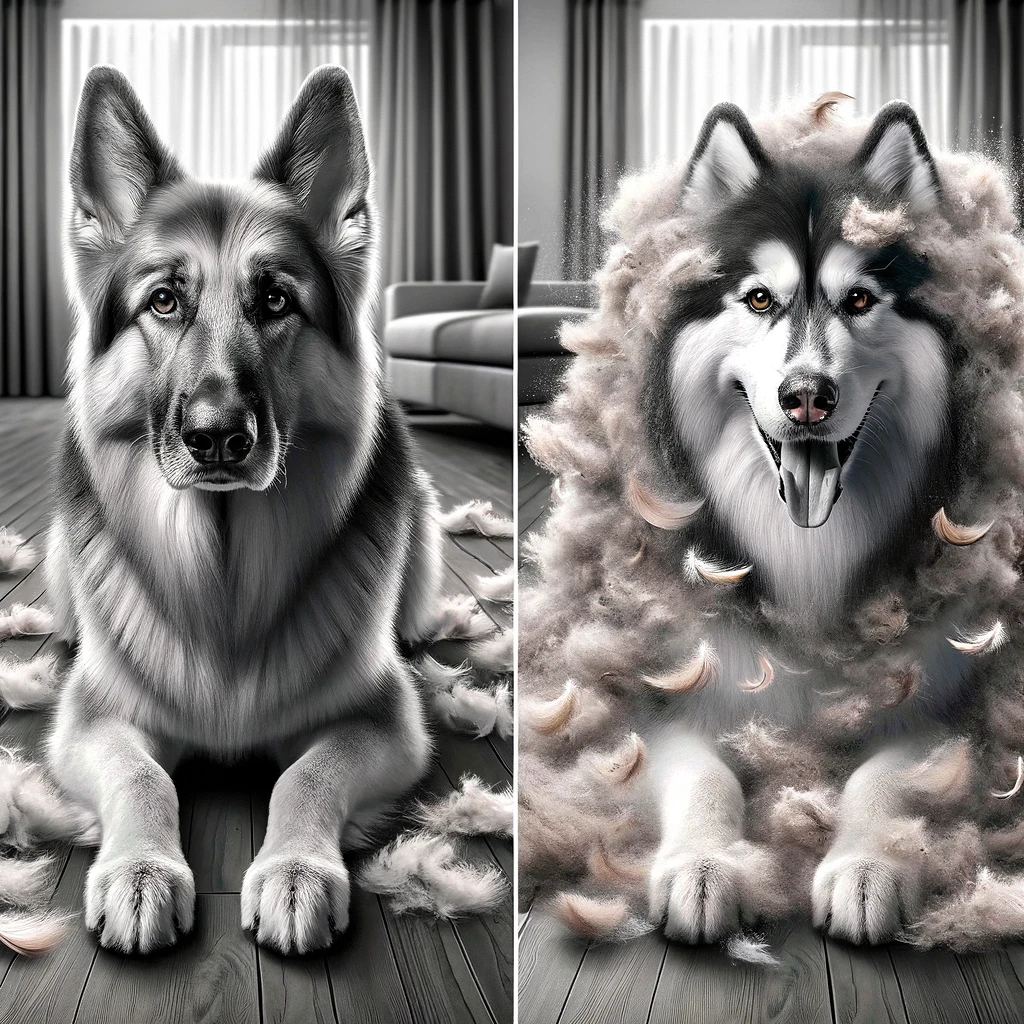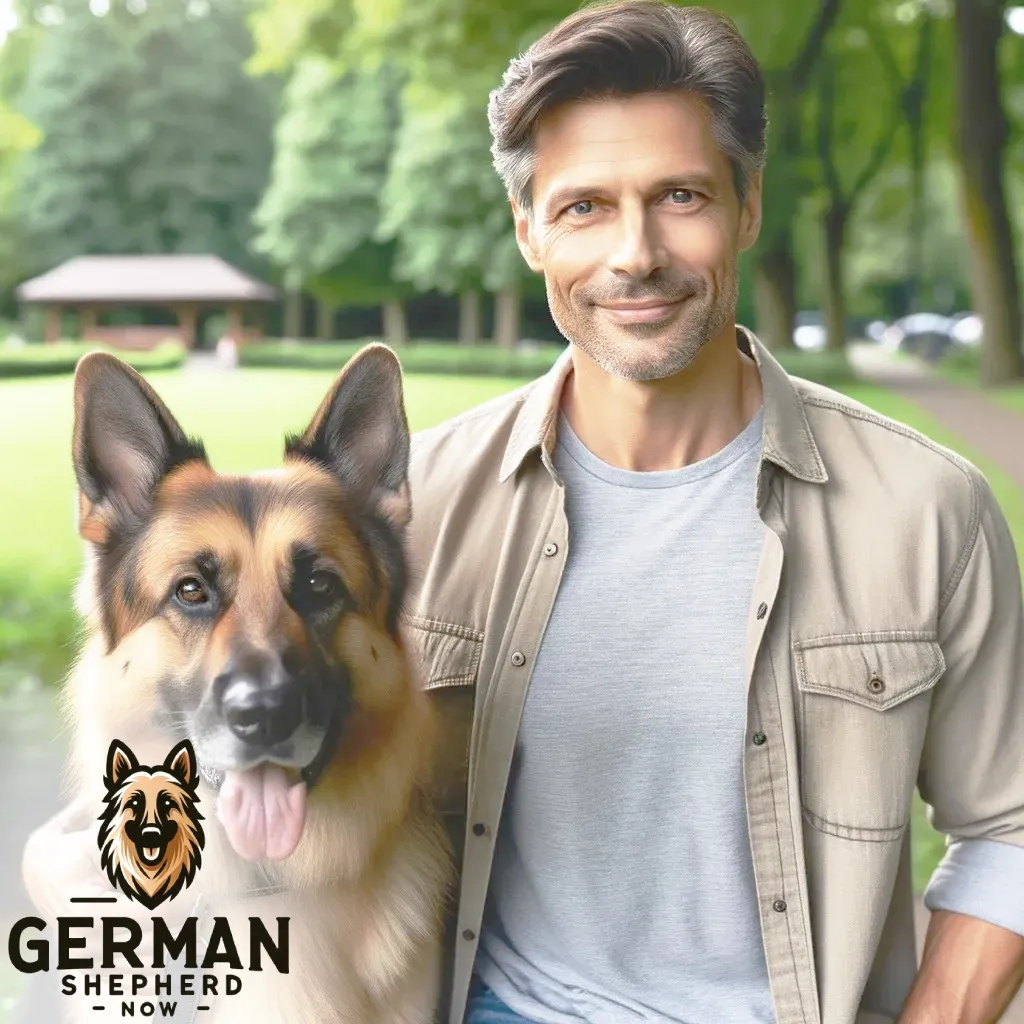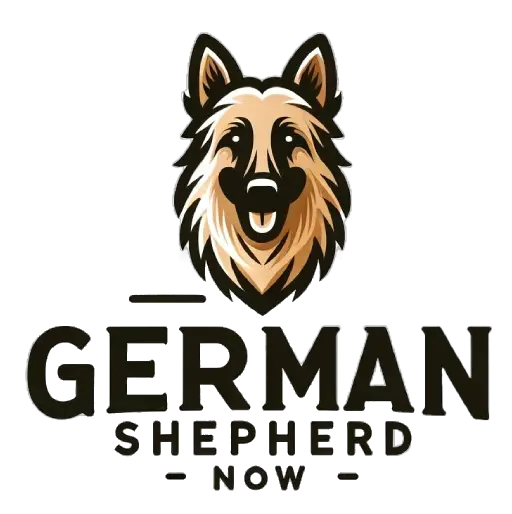Do Huskies Shed More Than German Shepherds

Yes, huskies tend to shed more than German shepherds. Huskies have thick double coats that blow out in the spring and fall, producing a lot of loose fur.
German shepherds have single coats that shed more year-round rather than others. So, the heavy seasonal shedding of the husky means they shed more fur than the German shepherd.
Therefore, if you are considering getting either of these breeds, be prepared to invest in regular Grooming and a powerful vacuum cleaner to keep your home clean.
Understanding the Shedding Season of German Shepherds
German Shepherds experience a shedding season twice a year, during the spring and fall.
This is when they shed their old coat to adjust to the changing temperatures. They shed their thick winter coat in spring to prepare for the warmer weather.
In fall, they shed their lighter summer coat to make way for a thicker coat for winter. Regular Grooming and brushing during these seasons can help manage the shedding and keep their coat healthy.
Understanding Siberian Huskies’ Shedding Season
Siberian Huskies have a shedding season twice yearly, usually in spring and fall. During these times, they shed their undercoat as the weather changes.
The spring shedding allows them to lose their heavy winter coat, preparing for warmer temperatures. In the fall, they shed their lighter summer coat to make room for the thicker winter fur.
Regular brushing during these seasons helps manage the shedding and keeps their coat healthy.
Comparing Shedding: German Shepherds vs. Siberian Huskies
Shedding is a natural process for many dog breeds, including German Shepherds and Siberian Huskies.
Understanding the differences in their shedding patterns can help owners better care for their pets. Here’s a table highlighting the key differences in shedding between these two popular breeds.
| Feature | German Shepherd | Siberian Husky |
| Shedding Frequency | Sheds throughout the year, with heavier shedding in spring and fall. | Sheds heavily twice a year, during spring and fall, when they blow their coat. |
| Undercoat | It has a dense undercoat that requires regular Grooming. | It has a thick undercoat that is shed in large amounts during shedding seasons. |
| Coat Length | Medium-length double coat. | Longer double coat compared to German Shepherds. |
| Grooming Needs | Requires regular brushing, more so during shedding seasons. | Intensive Grooming is needed during shedding seasons to remove the undercoat. |
| Shedding Management | Regular brushing, particularly during peak shedding seasons, helps manage shedding. | More intensive brushing and Grooming during shedding seasons are necessary to manage the heavy shedding. |
Helping German Shepherds and Huskies with Shedding: Effective Strategies
German Shepherds and Siberian Huskies are known for their beautiful, dense coats, but a fair amount of shedding comes with that.
Managing this shedding is an integral part of caring for these breeds.
- Regular Brushing: Frequent brushing is essential for both breeds. For German Shepherds, daily brushing helps manage their year-round shedding, while Huskies may need more intensive brushing during their biannual shedding seasons.
- Use the Right Tools: The right grooming tools make a big difference. A de-shedding tool, undercoat rake, or slicker brush removes loose fur and prevents mats in both breeds.
- Proper Nutrition: A healthy diet contributes to a healthy coat. Feeding your dog high-quality food with the right balance of nutrients can reduce excessive shedding.
- Bathing Routine: Regular baths help remove loose fur, but it’s essential not to over-bathe, as this can dry out their skin and make shedding worse. Using a dog shampoo that promotes a healthy coat can be beneficial.
- Managing the Environment: During heavy shedding periods, more frequent vacuuming and using furniture covers can help manage the hair in your home.
- Professional Grooming: professional Grooming might be necessary, especially for Huskies during heavy shedding seasons. Groomers can remove the undercoat and keep the fur in good condition.
- Health Check-ups: Regular veterinary check-ups can ensure no underlying health issues are causing excessive shedding. Skin conditions, allergies, or hormonal imbalances can contribute to shedding problems.
Conclusion: Shedding Solutions for German Shepherds and Huskies
Managing shedding in German Shepherds and Siberian Huskies requires understanding their unique patterns. German Shepherds shed year-round, while Huskies have intense shedding periods twice yearly.
Regular brushing, appropriate grooming tools, a balanced diet, and routine vet check-ups are vital to controlling shedding.
Being prepared with effective grooming strategies and a good vacuum cleaner can help keep your home tidy and your dog comfortable, ensuring a healthy coat and a happy pet.

I’m Martin, and I grew up in the super cool city of Seattle. You know, the place with all the incredible mountains and forests? Yeah, that’s my playground!
Ever since I was little, I’ve been all about nature. I used to wander around the woods with a notebook, doodling all the cool plants and animals I’d find.
